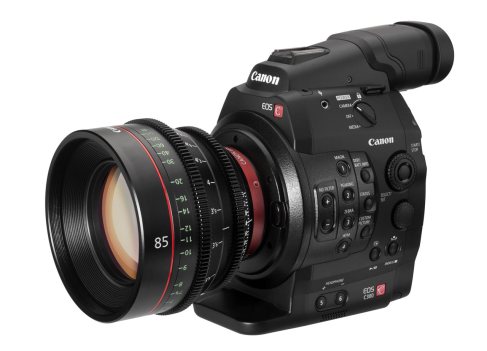As I pack before heading to Birmingham airport to board a plane to Dubai I feel a little melancholic. A fortnight away from family and friends. Working in a foreign land with long days and busy nights, tight schedules and inflexible deadlines. Who in their right mind would seek out such work? Then I reflect on the knowledge that in a few days I’ll be eating good food in a Persian restaurant in Souk Madinat. Maybe sipping beer in a bar overlooking a city that resembles a Phillip K Dick dystopian future or taking a ride along Dubai creek sitting in an anciently colourful dhow. For what we do is no nine to five treadmill. This job is probably the best job in the world because it constantly delivers surprise and variety. This will be my ninth working trip to the Emirates and as such I kinda knew it was on the cards but it wasn’t confirmed until a fortnight ago. And that seems to be the notification period I get for most of my work, often it’s less.
What? Doesn’t every one dress like this at work?
This means that I’m never quite sure what I’ll be doing in a month from now. The downside of course is never being totally secure in the knowledge that there will be work and income but this is outweighed by the eclectic and unexpected things I end up doing. A few days ago I was filming on top of an active nuclear reactor, just a few feet away from a maelstrom of sub atomic activity that without adequate shielding would have killed me in seconds. Yet I received more radiation from the lithium in my camera batteries (they actually set off the detector alarm when I left the facility) than I did from that inferno beneath my feet. On one occasion I filmed an interview with the UK Sky-Surfing champions who, once the on-camera chat was over, suggested I try it myself. Twenty minutes later I jumped out of an aeroplane at 14,000 feet, something I would never have done if I’d had to plan it. I once waited for the dawn in a remote river valley in West Virginia watching the full moon sink over one horizon as the nascent sun crept over the other and I’ve stood in the back of a star-lit pickup truck filming elephants, giraffes and zebras on a night safari in Kwazulu Natal. For one football season I filmed at twenty-two Championship League matches all around Europe, finally getting the point of the game as Ajax won in Amsterdam and I ran around the stadium with the team and the cup on a lap of honour in front of thousands of cheering fans. From Istanbul to Hong Kong, Scotland to the USA, Luxembourg to Cape Town I’ve been in situations that could never occur without a camera on your shoulder. I’ve filmed sporting legends, Hollywood stars, TV personalities, royalty and captains of industry and then returned to my quiet little home town.
Just metres from a nuclear maelstrom.
A broadcast video camera acts as a kind of access-all-areas-pass, allowing you to step beyond the barriers, stand in that inaccessible position or approach the unapproachable. And although sometimes you can push that too far (I’ve been marched away at gunpoint on two occasions) being a cameraman is a definite privilege. It may not be the best job in the world but it comes damn close.











